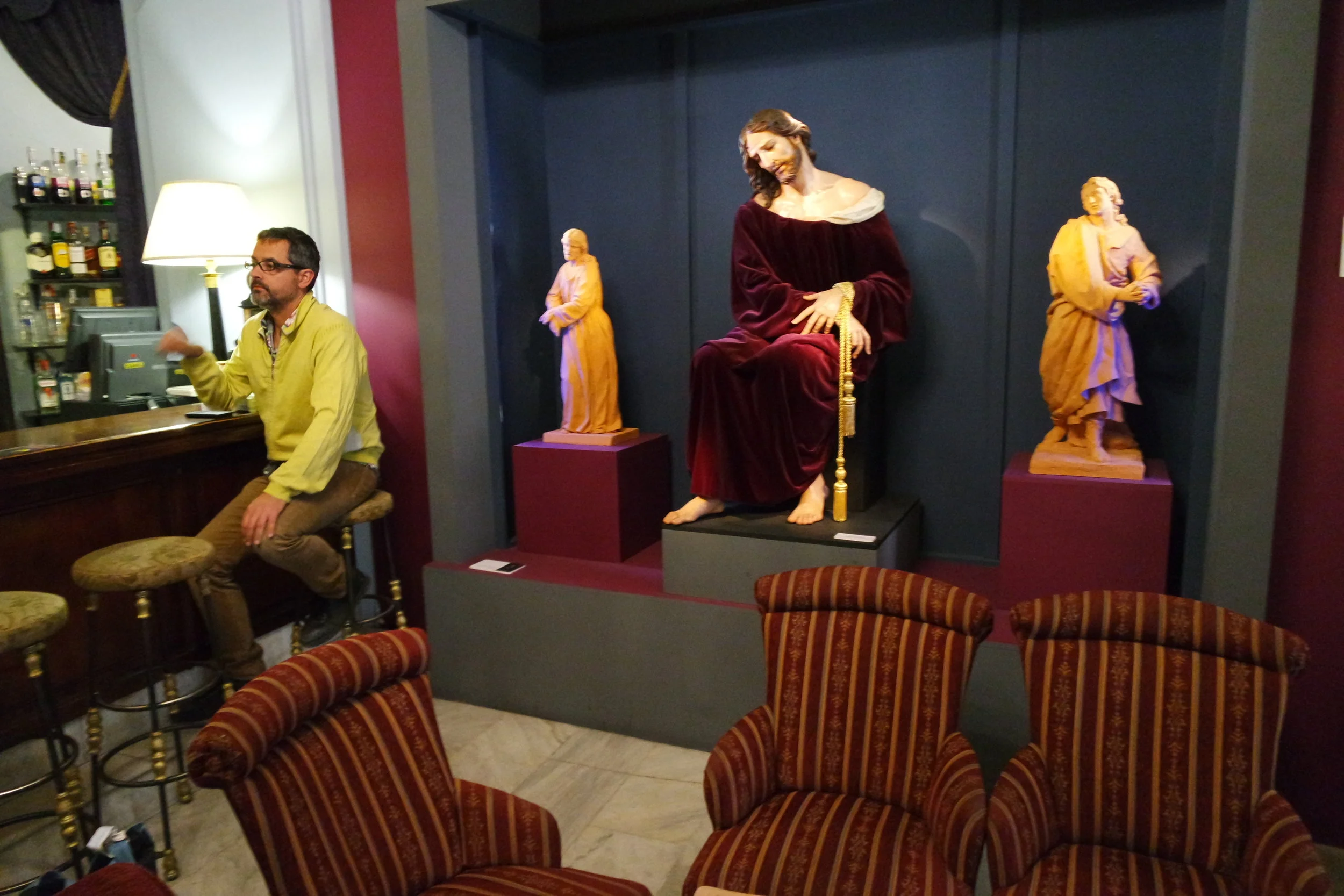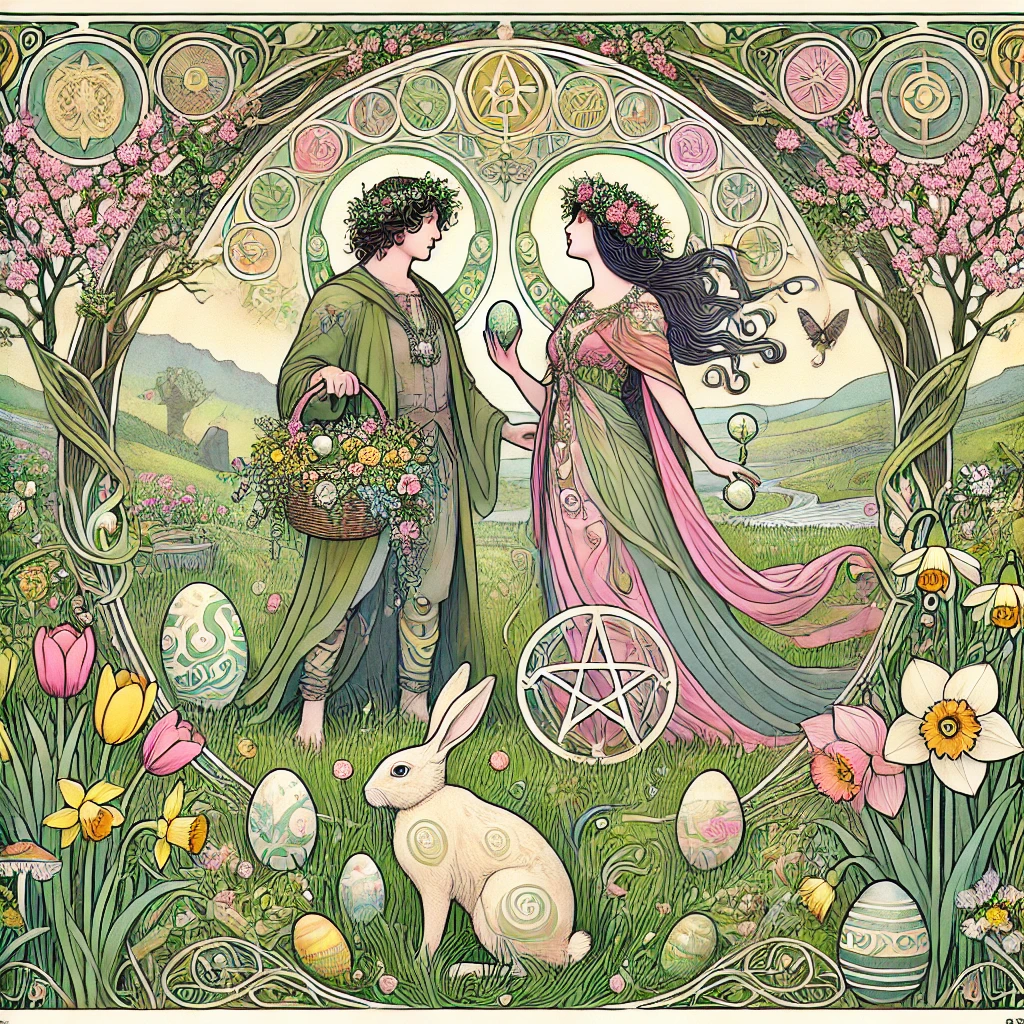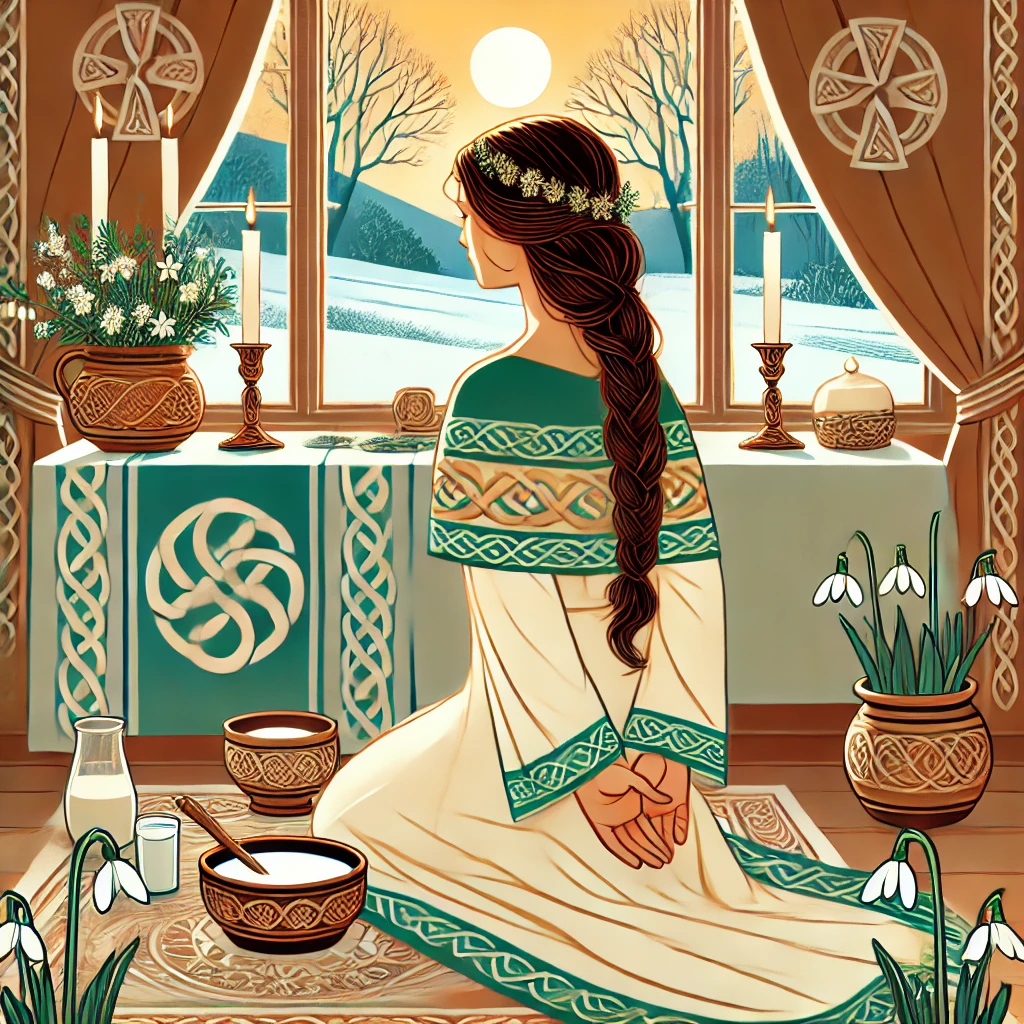Holy Week is a big deal in Málaga, Spain. Learn all about the bizarre celebrations featuring humpbacked and hooded figures in secret brotherhoods.
La Dolorosa (Our Lady of the Sorrows). Resin teardrops, glass eyes and actual clothes add to the realism of the pained expression of the Virgin Mary, featured at Puerta Oscura in Málaga
Tucked away in the narrow Calle Mosquera and situated near the historic Málaga Centro, Taberna Cofrade las Merchanas is a local bar with an unassuming exterior that belies what awaits you inside.
Here, the interior is a quirky tribute to the Santa Semana celebration (Holy Week, which starts on Palm Sunday and concludes on Easter). The bar is filled with holy relics, photos and memorabilia associated with the traditions of Santa Semana. The establishment belongs to the cofradia (brotherhood) and although it was opened in 2011, it has the feel of having existed for decades.
“Local belief holds that the bigger the hump, the more pious the man.”
Relics pertaining to Santa Semana fill the walls at a bar in Málaga, Spain, owned by one of the Holy Week brotherhoods
Semana Santa traditions in Spain are a serious affair — and Málaga is no exception. They include processions in which an elaborate ceremonial trono paso, literally a throne step or float, is carried by costaleros, or “sack men,” so named for the padded headdresses they wear to support the float. Because they’re hidden beneath a cloth, the trono paso looks like it’s floating through the air.
The platform of the trono paso holds life-size effigies made of wood, wax and wire depicting scenes from the gospels related to the Passion of Christ. There are up to 40 costaleros underneath each trono paso. These men bear the weight of the float on their necks and shoulders. Many are left with a humpback for several days after. Local belief holds that the bigger the hump, the more pious the man, our friend Jo informed us.
The pasos are followed by nazarenos, or penitents, dressed in colorful tunics and conical hoods and masks called capriotes to render the individual unidentifiable — they’re all equal in the eyes of God. Americans might be alarmed at first, confusing the hoods for those of the Ku Klux Klan, or KKK, who also adopted the medieval attire, though in white.
A shelf filled with nazareno figurines at Taberna Cofrade las Merchanas in Málaga. The different colored robes indicate which hermandad (brotherhood) the individual belongs to.
The sound of slow, rhythmic drum beats traditionally heard during the procession provide the soundtrack in the bar, which is a stop on the pilgrimage circuit during Holy Week — and serves up good tapas year-round.
Taberna Cofrade las Merchanas
Calle Mosquera, 5
The Devil’s in the Details
After visiting the Soho district, a street art mecca, our friends Jo and José led us to the café/bar Puerta Oscura, or the Dark Door.
Upon entering, the dimly lit interior resembles a Baroque-period salon: pale powder blue walls, ornamental plaster embellishments and cut crystal chandeliers accompanied by furnishings upholstered in a burgundy and gold stripe.
The main room of the café serves as an exhibition space for museum-quality polychromed devotional sculptures, and at the time of our visit last spring was featuring the work of Ramón Cuenca Santos.
The intricate process to create the sculptures includes clay and polychromed cedar.
Jesús Cautivo (Bound Jesus), a life-size (and amazingly lifelike) seated Christ with wrists wrapped in real gold-colored rope.
It was fascinating to see the prototype sculpture first conceived in clay and subsequently polychromed cedar. These expertly handcarved and painted sculptures appear as if they might just move when you’re not looking.
We ordered coffee and perched on stools while classical music played, and Wally and I took photos of the sculptures.
The process of creating these lifelike sculptures is truly amazing:
Calle Molina Lario, 5






























